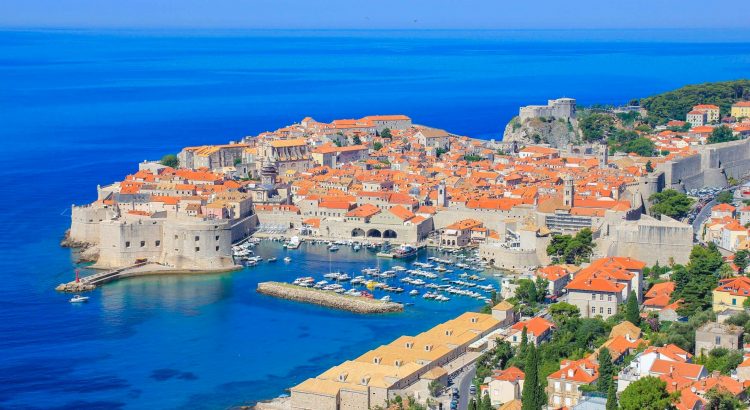The attractive port towns, verdant scenery, and glistening beachfront of the Dalmatian Coast on Croatia’s western edge have made it one of the country’s most popular tourist attractions. It has several lovely cities including Split, Sibenik, and Dubrovnik and spans from Zadar to the Bay of Kotor in the south. Still, the stunning islands dotted throughout the Adriatic are the region’s crowning achievement. From hip beach bars to sleepy fishing villages, our travel guide to the Dalmatian Coast has it all covered. The name “Dalmatian Riviera” was coined for this particular spot.
When to visit the Dalmatian Coast for the best weather
Warm summers and milder winters are typical of the Mediterranean climate that characterises the Dalmatian Coast. Daytime highs throughout the summer average approximately 28 degrees, with July and August being the hottest months. May, September, or October are ideal months to visit because of the pleasant weather and the low number of visitors. Daily highs in the winter average about 8-10 degrees Fahrenheit, making it a little warmer than the United Kingdom. When compared to the United Kingdom, where summer highs often hover around 7 degrees, this is a stark difference. You can Visit the Dalmatian Coast in Croatia here.
Hvar
Connecting flights from Zagreb may get you to the international airports in Dubrovnik, Split, and Zadar. British Airways, EasyJet, Croatia Airlines, Norwegian Air Shuttle, and WizzAir all operate flights to this location with a travel time of 2.5-3 hours.
A variety of transportation options, including private transfers, taxis, many vehicle rental agencies, and public buses, are available at each of the three airports. Jadrolinija, the leading ferry company, operates several trips from the mainland to the islands throughout the year. Some ports and islands are serviced by catamaran boats, smaller boats, and inter-island ferry services.
Beaches
Outstanding natural beauty may be seen throughout the Dalmatian coast. Pebble and shingle beaches are common here, but don’t let that fool you; the pine-covered shores and pristine waters of the Adriatic are amazingly unspoilt.
Islands Sightseeing among Dalmatia’s many islands are a popular pastime, with many visitors coming to see the likes of Bra, Pag, and Hvar, all of which are situated just offshore from the region’s stunning coastline. Explore pristine wilderness areas and sleepy fishing villages that have preserved their historic charm.
Nature
Publicly accessible national parks abound along the Dalmatia Coast. Since it is situated in the Velebit Mountain range, famous for its wide valleys and towering peaks, Paklenica National Park is a favourite among hikers.
Foodstuffs and alcoholic beverages
Since Croatia has a rich tradition in winemaking, it is naturally attractive to oenophiles. The local eating culture is just as appealing as the food itself, thanks to the abundance of both hidden konobas (taverns) and restaurants with Michelin stars.
Heritage
Gothic buildings sit beside Roman palaces, just two examples of the numerous eras of history that may be uncovered here. There are a number of yearly events in the region, including the summertime a cappella music performance known as “Klapa,” held in Omis.
Lastovo Island
The picturesque vineyards, beautiful villages, and well-known Lastovo chimneys, also known as fumari, are what set Lastovo apart as one of the most remote islands in the Dalmatian archipelago. This forested island is a designated Nature Park that offers world-class diving, fantastic seafood restaurants (try the lobster! ), and cultural events like the Lastovo carnival.





